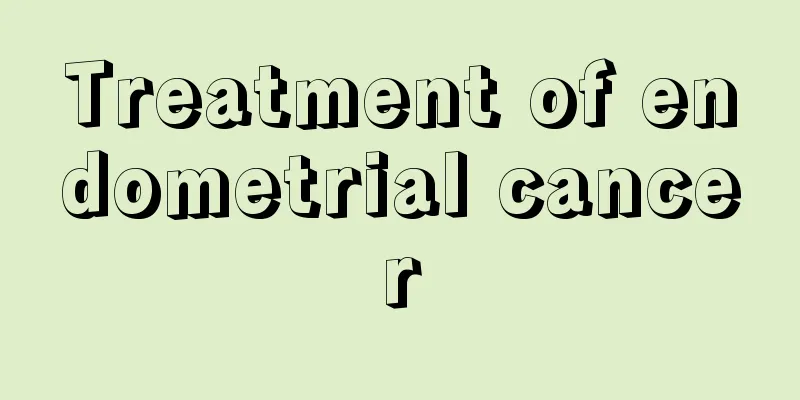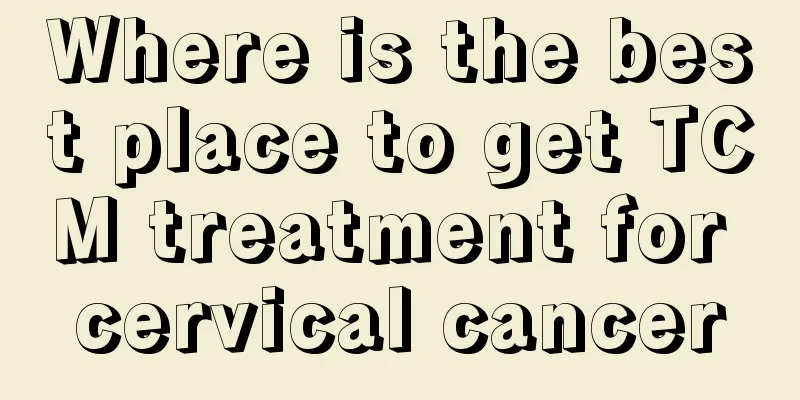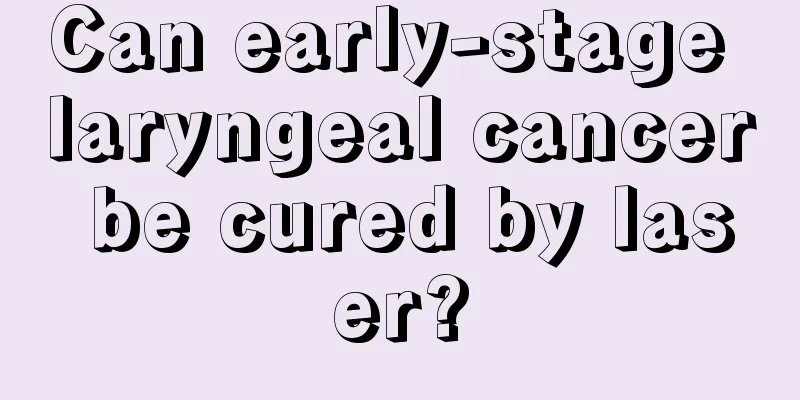Treatment of endometrial cancer

|
Endometrial cancer is a disgusting disease. Many patients suffer from this disease. There are many dangers of endometrial cancer. People should understand its manifestations and pay attention to diagnosis. So what is the best way to treat endometrial cancer? Let the experts give you a detailed introduction below. Surgery for endometrial cancer can clarify the scope of the lesion, correctly perform clinical staging, and correctly determine the scope of surgery. In the past, according to the FIGO staging system in 1982, patients in stage I usually underwent total extrafascial hysterectomy plus bilateral adnexectomy; patients in stage II underwent extensive hysterectomy plus bilateral pelvic lymph node dissection. For patients in stages III and IV, surgery should be performed first if surgery is possible, and the lesion should be removed as much as possible to reduce the size of the tumor, and radiotherapy or progesterone therapy should be performed after surgery. Otherwise, progesterone, radiotherapy, and/or chemotherapy should be performed first and then surgery should be performed when surgery is possible. Other treatments are still required after surgery. For stage Ia cancer, traditional extrafascial total hysterectomy plus bilateral adnexectomy is performed, and the vaginal incision should be 2 cm, which is the appropriate surgical scope. For patients with myometrial invasion, especially deep myometrial invasion, the surgical scope is expanded, and the traditional stage II surgery is performed, with extensive hysterectomy plus pelvic lymph node dissection. Check whether there are enlarged lymph nodes in the aorta. If there are, perform para-aortic lymph node biopsy or/and conventional para-aortic lymph node dissection. For stage II and III, extensive hysterectomy plus pelvic and/or para-aortic lymph node dissection should also be performed according to the aforementioned surgical scope. Tumor reduction surgery should also be performed as much as possible in stage IV. In 1972, Milton compared the 5-year survival rates of total hysterectomy and sub-extensive hysterectomy (without lymph node dissection), with the former being 75.7% and the latter being 91.4%. This suggests that expanding the scope of hysterectomy (at least sub-extensive hysterectomy) helps reduce the postoperative recurrence rate. More and more people will suffer from endometrial cancer in life. Endometrial cancer brings a lot of harm. Many people will be worried when they hear about endometrial cancer. It is not difficult to treat endometrial cancer in life. As long as you choose the appropriate and correct treatment method, recovery will be quick. |
<<: Best treatment for endometrial cancer
>>: Gamma Knife Treatment for Endometrial Cancer
Recommend
How to deodorize the refrigerator after the meat rots
Some people are relatively busy at work, so they ...
How to care for nasopharyngeal carcinoma complicated with dermatomyositis
Dermatomyositis is a relatively common skin disea...
Pineal Brain Tumor Treatment
Pineal brain tumor is a very common tumor in life...
What is the success rate of early cure of bone cancer
Regarding bone cancer, this disease has a great i...
Can applying distilled water on the face cure allergies?
It is said that applying distilled water to the f...
Everyone should be aware of the causes of colorectal cancer in a timely manner
In recent years, with the gradual increase in the...
Recurrence rate of lumbar endoscopic laminectomy
During military training, we are often told to ke...
3 functions and effects of Amaranth
Amaranth is a wild plant known as a health vegeta...
How to get rid of blood-sucking bugs on the bed
Schistosomiasis is a relatively serious parasitic...
How to eat in the late stage of lung cancer? TCM dialectical treatment of late stage lung cancer
Lung cancer patients are very weak. Patients at t...
Is lymphoma contagious?
Lymphoma, also known as "lymphoma", is ...
What is artificial hair transplant?
Artificial hair transplantation is a common metho...
How can we better care for nasopharyngeal cancer
Among many cancer diseases, nasopharyngeal cancer...
What kind of pillow core is better
The pillow core is something we come into contact...
How many days after perming can I wash my hair
Many girls like to perm their hair. They must tak...









